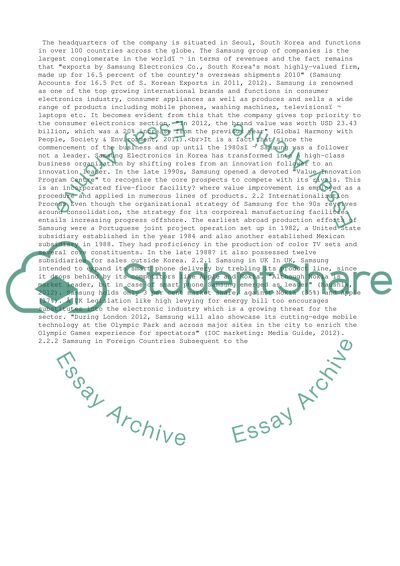Cite this document
(“Samsung Essay Example | Topics and Well Written Essays - 3500 words”, n.d.)
Retrieved from https://studentshare.org/management/1402763-samsung
Retrieved from https://studentshare.org/management/1402763-samsung
(Samsung Essay Example | Topics and Well Written Essays - 3500 Words)
https://studentshare.org/management/1402763-samsung.
https://studentshare.org/management/1402763-samsung.
“Samsung Essay Example | Topics and Well Written Essays - 3500 Words”, n.d. https://studentshare.org/management/1402763-samsung.


